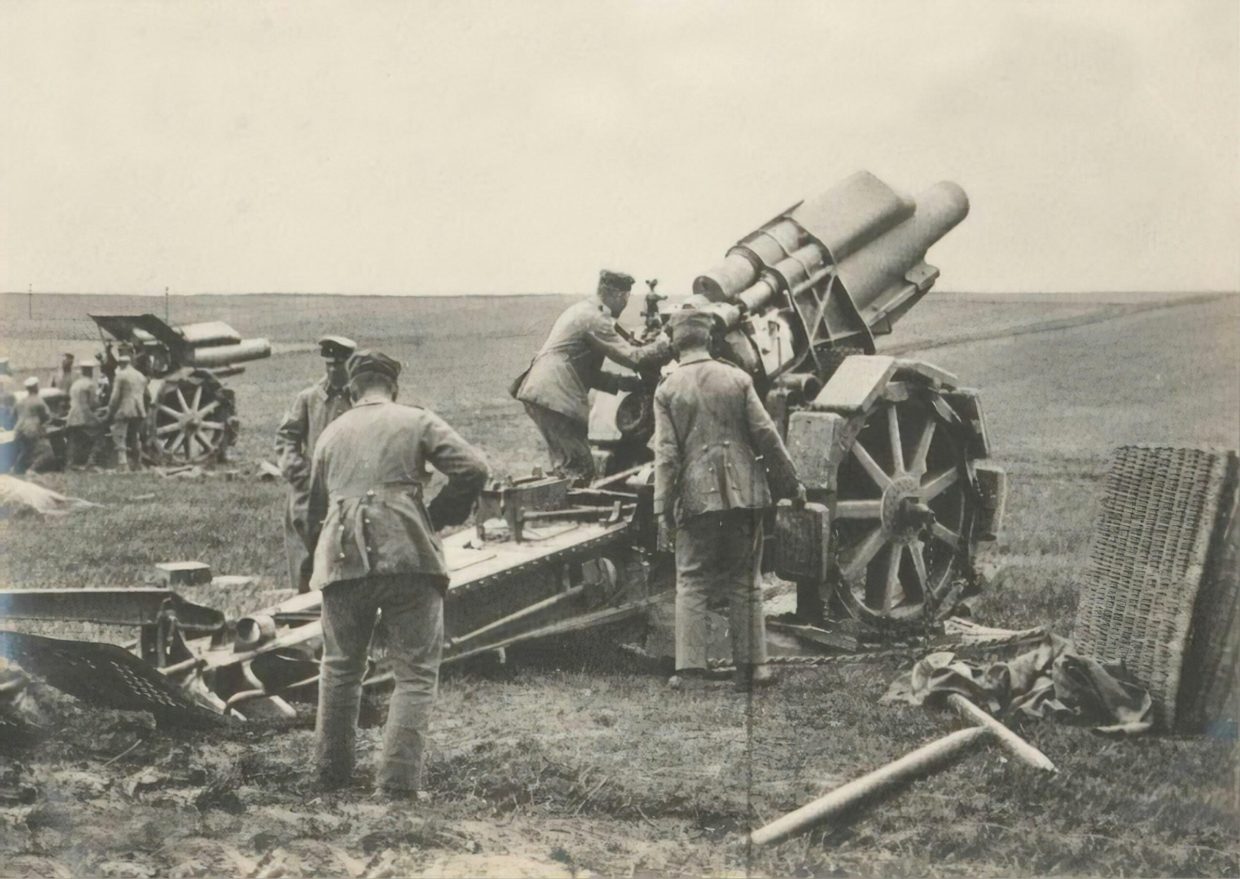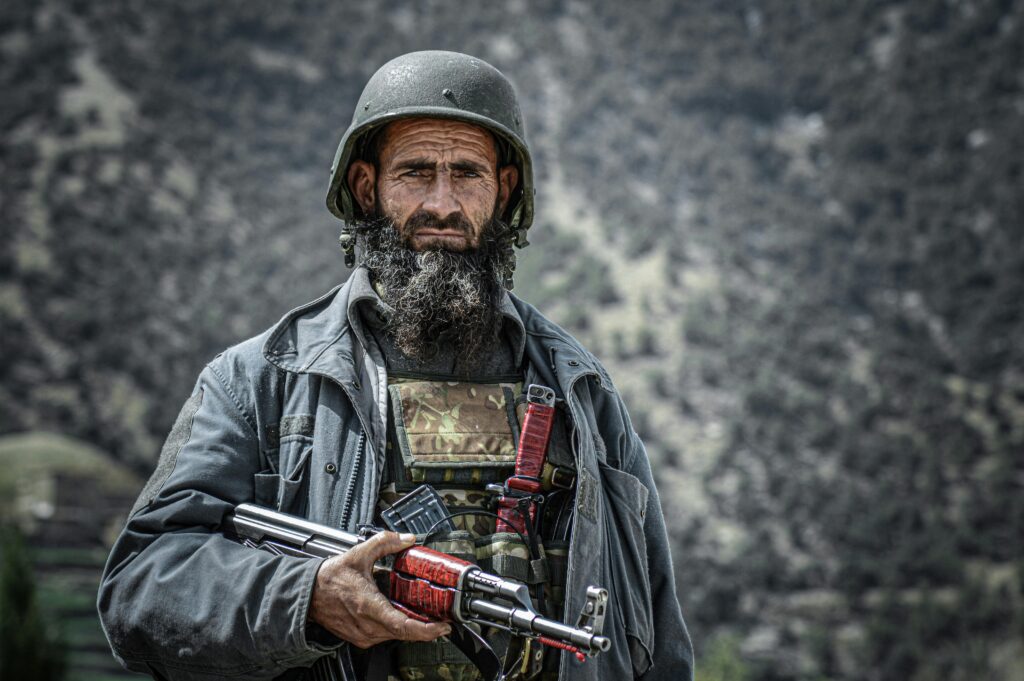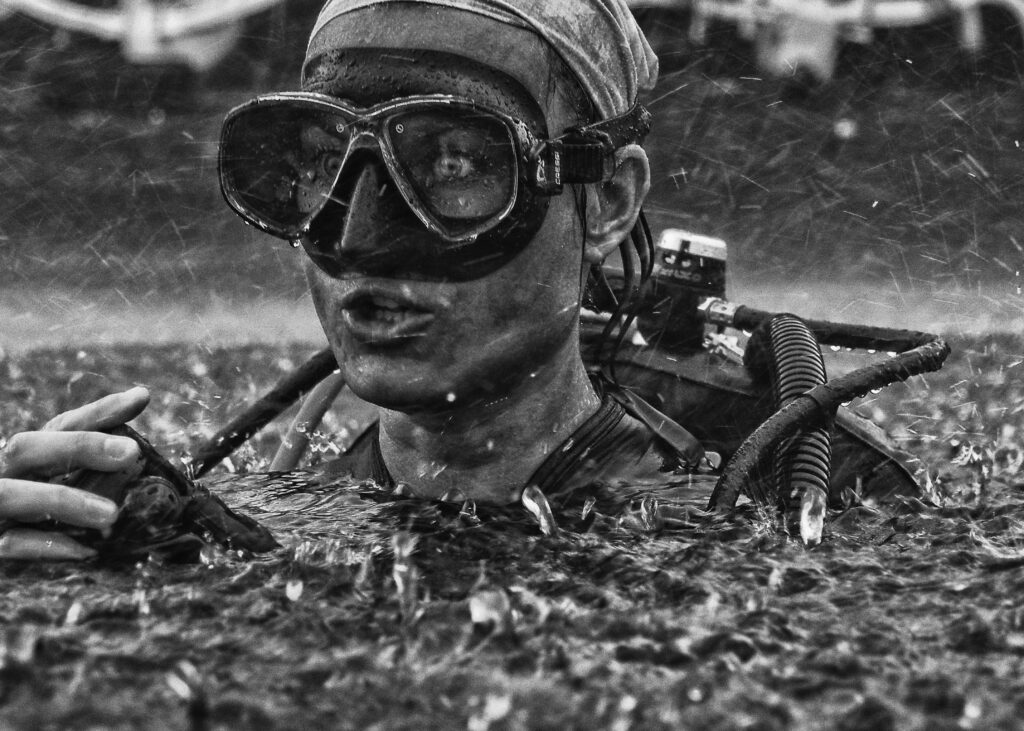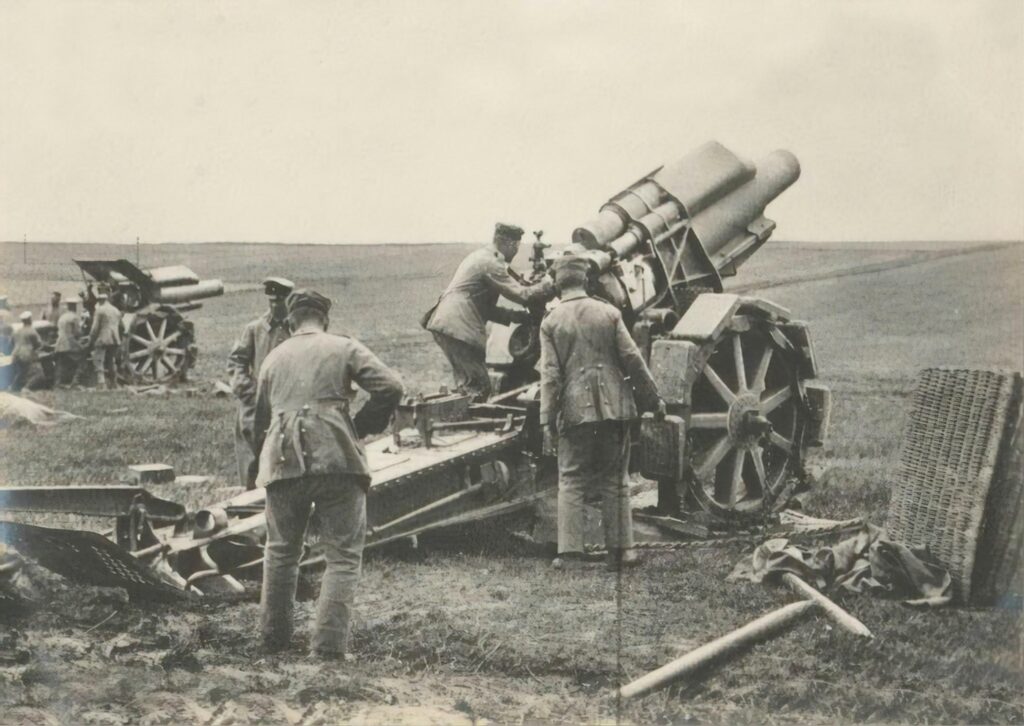Artillery has long stood as a cornerstone of military capability, fundamentally shaping battlefield dynamics and the outcomes of armed engagements. Its evolution, from rudimentary cannons to precision-guided munitions, has continuously redefined force projection, maneuver warfare, and command decision-making processes. This article delves into the technical aspects of artillery deployment, examining its influence on operational tempo, enemy attrition, and terrain control. By analyzing historical case studies and contemporary doctrines, we aim to elucidate how artillery firepower integrates with combined arms operations to alter the strategic calculus and tactical environment on the modern battlefield.
Table of Contents
- Artillery Integration in Modern Combined Arms Operations
- Technological Advancements Enhancing Artillery Effectiveness
- Tactical Adaptations Shaped by Artillery Capabilities
- Strategic Recommendations for Optimizing Artillery Deployment
- Future Outlook
Artillery Integration in Modern Combined Arms Operations
In contemporary combined arms operations, the synchronization of artillery assets with infantry, armor, and air support has transformed the battlefield landscape. Artillery units provide critical indirect fire support that shapes enemy formations, disrupts supply lines, and neutralizes fortified positions before ground forces engage. Central to this integration is the real-time coordination enabled by advanced command and control systems, which optimize target acquisition and prioritize fire missions with unparalleled precision. This dynamic interplay increases operational tempo, sustains momentum, and significantly mitigates risks to maneuvering forces.
Key capabilities driving this integration include:
- Network-centric targeting: Ensures seamless data sharing between reconnaissance drones, forward observers, and artillery batteries.
- Adaptive fire control systems: Allow rapid adjustments to changing battlefield conditions, maximizing lethality and minimizing collateral damage.
- Multi-domain synchronization: Coordinates strikes across land, air, and cyber domains, amplifying strategic effects.
By embedding artillery deeply within combined arms frameworks, commanders gain flexibility to shape engagements proactively, turning massed firepower into decisive tactical advantage.
Technological Advancements Enhancing Artillery Effectiveness
Modern artillery systems have undergone a revolutionary transformation, integrating cutting-edge technologies that significantly amplify their battlefield effectiveness. Digital fire-control systems now enable precise targeting through real-time data analysis and automated ballistic calculations, minimizing human error and expediting decision-making processes. Innovations such as guided munitions and GPS-enabled shells have drastically improved accuracy, reducing collateral damage and conserving valuable ammunition. Furthermore, advancements in sensor integration and network-centric warfare allow artillery units to operate cohesively within a wider battlefield ecosystem, sharing targeting information instantaneously with reconnaissance drones, satellites, and ground forces.
Key technological contributions that enhance artillery performance include:
- Automated loading and firing mechanisms increasing rate of fire and reducing crew fatigue.
- Advanced propulsion systems that extend operational range without sacrificing projectile velocity.
- Robust communication networks ensuring seamless coordination under adverse conditions.
- Artificial intelligence algorithms optimizing targeting priorities and threat assessment dynamically.
Together, these technological advancements redefine artillery’s role on the battlefield—shifting it from traditional area bombardment to precision strike capability, thereby enhancing operational tempo and force effectiveness.
Tactical Adaptations Shaped by Artillery Capabilities
Advancements in artillery technology have necessitated profound shifts in military tactics, compelling commanders to rethink their approach to both offense and defense. The increased range, precision, and rate of fire allow artillery units to suppress enemy formations before direct engagement, thus forcing infantry and armored divisions to adopt more dispersed, cover-oriented maneuvers. Commanders emphasize decentralized command structures and enhanced communication networks to react swiftly to artillery strikes and to coordinate counter-battery fire effectively. Additionally, the integration of aerial reconnaissance and real-time data feeds enables dynamic artillery targeting, making static defensive lines increasingly vulnerable.
To mitigate the devastation wrought by modern artillery, forces employ a blend of physical and strategic adaptations:
- Camouflage and concealment: Utilizing advanced materials and terrain masking to reduce visibility and targeting accuracy.
- Mobility enhancements: Speed and agility are prioritized, allowing units to vacate targeted zones rapidly.
- Counter-artillery systems: Deploying radar and drone-assisted locators for swift detection and neutralization of enemy artillery positions.
- Dispersal tactics: Reducing troop concentration to limit the impact radius of artillery barrages.
These tactical adaptations underscore the profound influence of artillery on battlefield dynamics, as engagements increasingly hinge on the ability to both leverage and counteract long-range firepower.
Strategic Recommendations for Optimizing Artillery Deployment
Maximizing the effectiveness of artillery on the battlefield requires a multi-faceted approach centered around precision, mobility, and synchronization. Commanders must leverage advanced targeting systems combined with real-time intelligence to enhance accuracy, minimizing collateral damage while maximizing impact. Emphasizing rapid redeployment capabilities allows artillery units to maintain pressure on the enemy’s vulnerable points without becoming predictable targets themselves. Moreover, integrating artillery with other combat arms through joint operational planning and communication ensures that fire missions are timely and strategically aligned with broader maneuvers.
To optimize deployment further, it is crucial to consider the operational environment and logistical support frameworks proactively. Factors such as terrain, weather conditions, and threat density should influence artillery placement and ammunition choice. Implementing adaptive positioning strategies—such as utilizing cover and concealment or choosing terrain that favors indirect fire trajectories—can significantly increase survivability and efficiency. Key actions for effective artillery deployment include:
- Establishing dedicated forward observers equipped with secure communication links
- Utilizing predictive analytics to anticipate enemy movement and adjust fire plans dynamically
- Maintaining high mobility to prevent enemy counter-battery targeting
- Ensuring consistent and rapid resupply chains for sustained operational tempo
- Applying layered defense mechanisms to protect artillery assets against air and ground threats
Future Outlook
In summary, the evolution and deployment of artillery have profoundly reshaped battlefield dynamics, serving as a decisive factor in both tactical engagements and strategic outcomes. Its ability to deliver sustained, precise, and overwhelming firepower has not only altered combat formations and maneuver strategies but also influenced the broader conduct of warfare. As technological advancements continue to enhance range, accuracy, and mobility, artillery remains an indispensable component of modern military operations. Understanding its impact is crucial for comprehensively assessing past conflicts and anticipating future battlefield developments.













